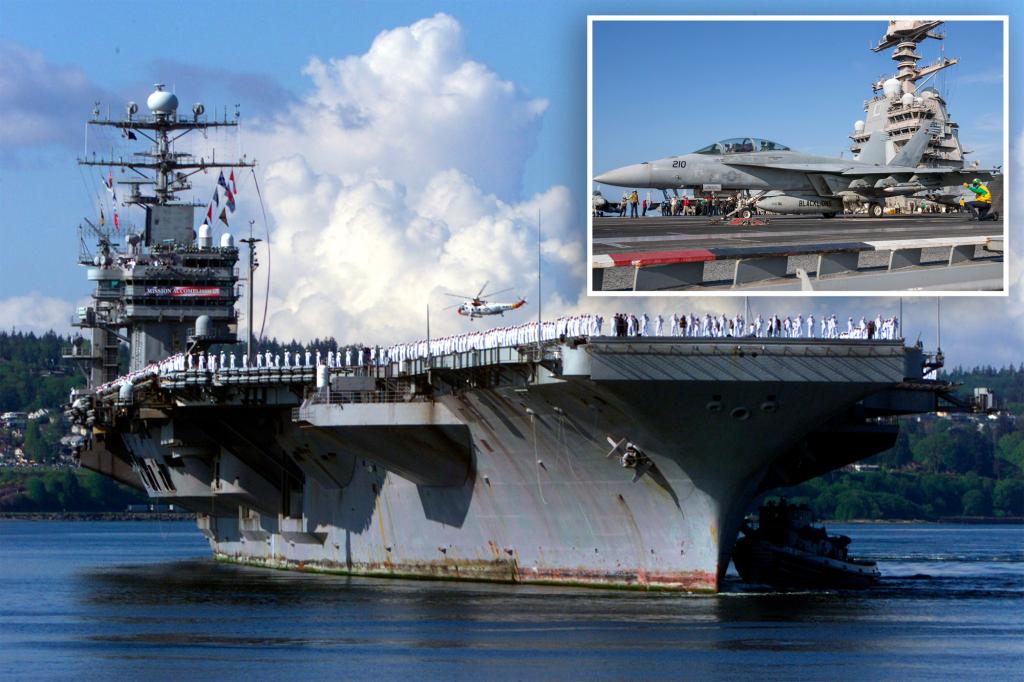The Navy is facing a shortage of manpower, leading to the sidelining of 17 vessels that are difficult to crew and operate across the fleet. This shortage is primarily due to a lack of experienced Merchant Marines, who are responsible for operating the support vessels needed to keep the Navy running. Ships are typically away from their home ports for long periods of time, requiring two separate crews, and the current shortage poses a clear danger to national security. As a result, the Military Sealift Command has drafted a plan to put 17 ships into extended maintenance, redistributing crews to other vessels in the Navy.
The ships affected by the change include replenishment ships, a fleet oiler, Spearhead-class Expeditionary Fast Transports, and two forward-deployed Navy expeditionary sea bases. The effort, known as the “great reset,” is awaiting approval from Chief of Naval Operations Adm. Lisa Franchetti. This change will reduce Navy demands for officers by 700 mariners. The U.S. military has faced recruiting challenges in recent years, leading to the need to cut forces in various branches, including the Army.
The issue of manpower shortage primarily affects Merchant Marines, who operate vital logistics and support vessels for the Navy. These support vessels, such as oilers, ammo ships, and transport ships, are crucial for moving supplies, equipment, and personnel for the Army and Marine Corps. Montgomery emphasized the importance of these support vessels in maintaining the logistical backbone of the Navy. Additionally, he noted that the age of the ships in the reserve force is a concern, with some vessels being over 50 years old, posing potential challenges for modernization and operational effectiveness.
Montgomery cited an instance from five years ago when the Navy struggled to deploy ships due to insufficient manpower. The average age of the reserve force ships is around 45 years, and while ships between 20 and 30 years are generally manageable, those over 50 years old present unique challenges. The Navy has a 30-year shipbuilding plan that involves decommissioning 48 ships over a four-year period starting in 2022. In the first year, 10 ships were retired, followed by 11 more in 2023, including missile cruisers, dock landing ships, and ocean tugs. The Navy’s continued emphasis on modernization and strategic planning is essential for maintaining a capable and effective fleet.
Despite these challenges, the Navy’s efforts to address the manpower shortage and modernize its fleet remain ongoing. The Navy did not respond to a request for comment on the situation by the time of publication. The importance of maintaining a sufficient number of experienced Merchant Marines and a capable fleet of support vessels cannot be understated, as they play a critical role in the logistics and operations of the Navy. Addressing recruitment challenges and modernizing the fleet are crucial for ensuring the Navy’s readiness and effectiveness in fulfilling its mission of protecting national security and projecting power across the seas.


